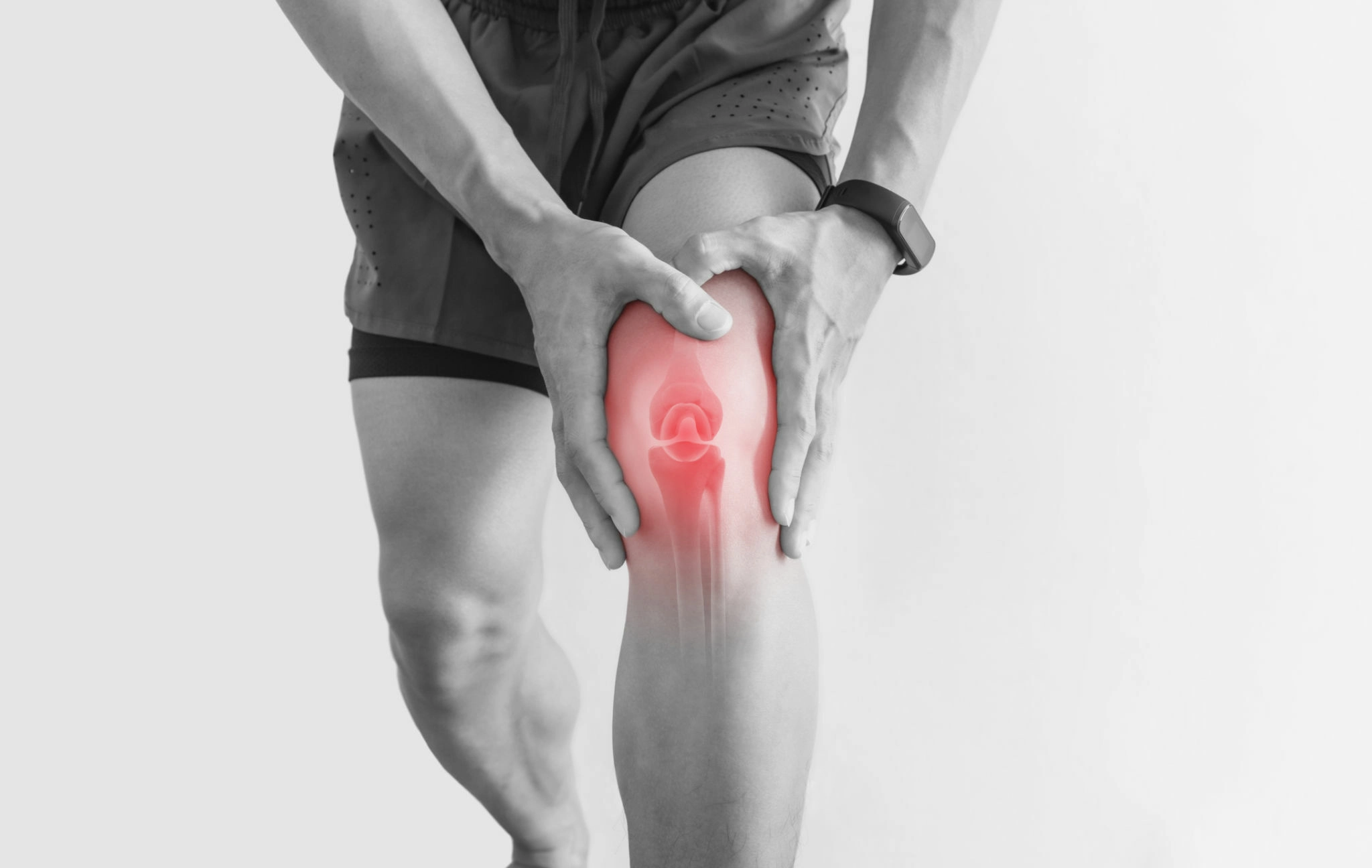
Knee osteoarthritis (OA) is a common condition that occurs when the cartilage in your knee joint wears down over time. This can lead to pain, stiffness, and difficulty moving your knee. While it’s more common as people age, it can also result from injury or overuse.
The good news is that simple exercises and lifestyle changes can help manage symptoms, improve mobility, and keep you active. Let’s explore some easy ways to strengthen your knees and reduce discomfort!
Let’s dive into some effective exercises that can make a big difference!
1. Straight Leg Raises
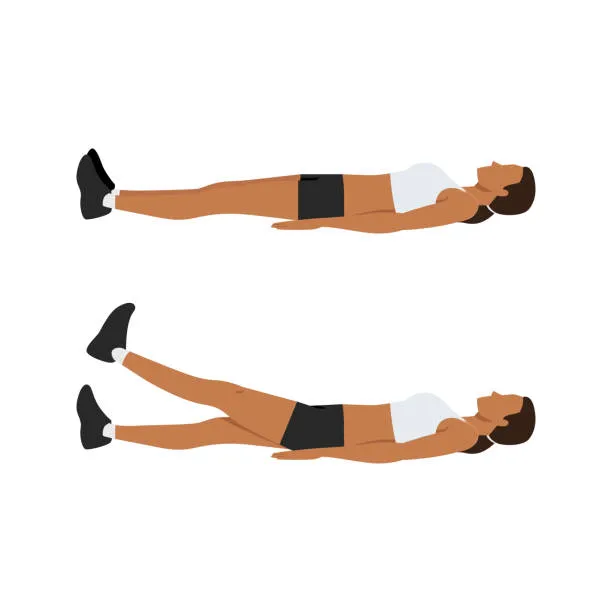
What it does: Strengthens your thigh muscles (quadriceps) without putting pressure on your knee joint.
How to do it:
- Lie on your back with one leg bent and the other straight.
- Tighten the muscles of the straight leg and lift it to the height of the bent knee.
- Hold for 5 seconds, then slowly lower it.
- Repeat 10–15 times on each leg.
2. Hamstring Stretch
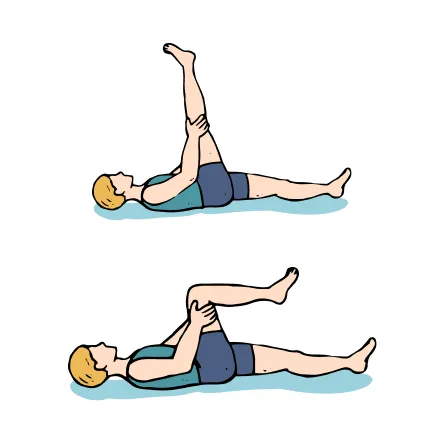
What it does: Stretches the muscles at the back of your thigh, reducing stiffness in your knee.
How to do it:
- Sit on the edge of a chair with one leg extended straight in front of you, heel on the floor.
- Lean forward slightly, keeping your back straight, until you feel a stretch in the back of your thigh.
- Hold for 20–30 seconds, then switch legs.
3. Calf Stretch
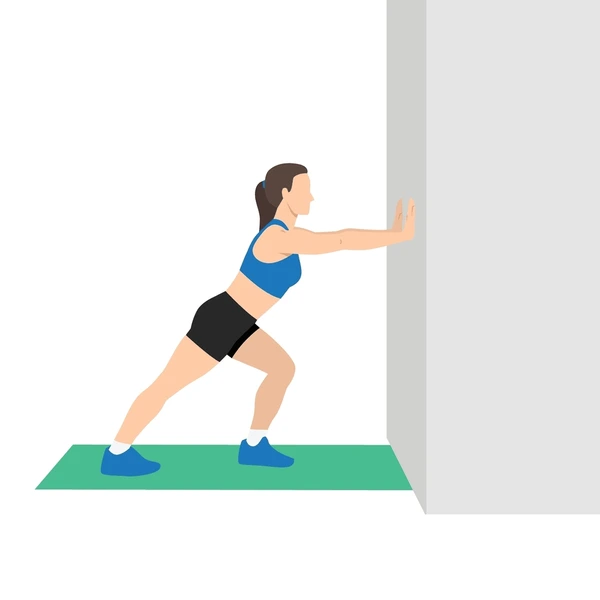
What it does: Stretches your calf muscles, which can improve knee alignment and reduce strain.
How to do it:
- Stand facing a wall with one foot forward and the other back.
- Keep the back leg straight and press the heel into the floor.
- Lean into the wall until you feel a stretch in the calf of the back leg.
- Hold for 20–30 seconds, then switch legs.
4. Step-Ups
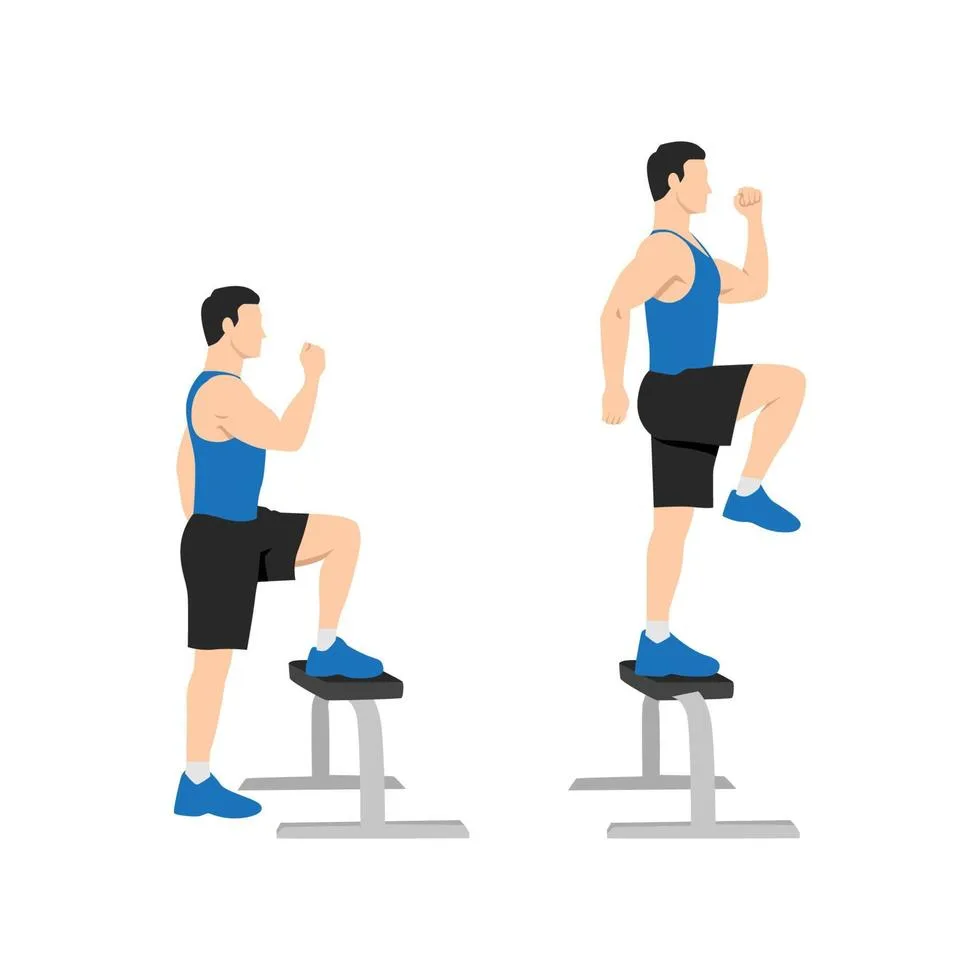
What it does: Strengthens your thigh, hamstring, and glute muscles, which support your knee.
How to do it:
- Stand in front of a step or low platform.
- Step up with one leg, then bring the other leg up to meet it.
- Step back down and repeat 10–15 times on each leg.
5. Wall Squats
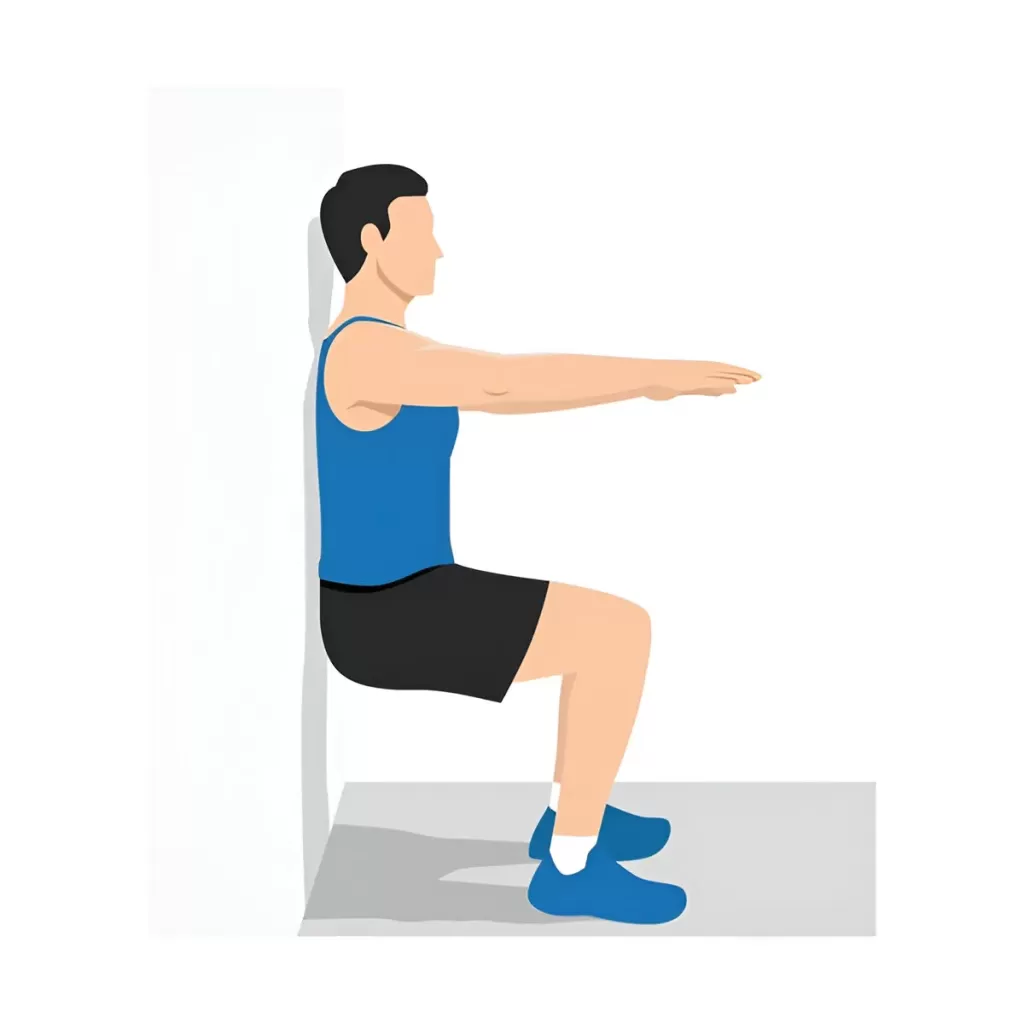
What it does: Strengthens your thigh and glute muscles while minimizing knee strain.
How to do it:
- Stand with your back against a wall and feet shoulder-width apart.
- Slowly slide down the wall into a squat position, keeping your knees aligned with your toes.
- Hold for 5–10 seconds, then slide back up.
- Repeat 10–15 times.
6. Knee Extension Stretch
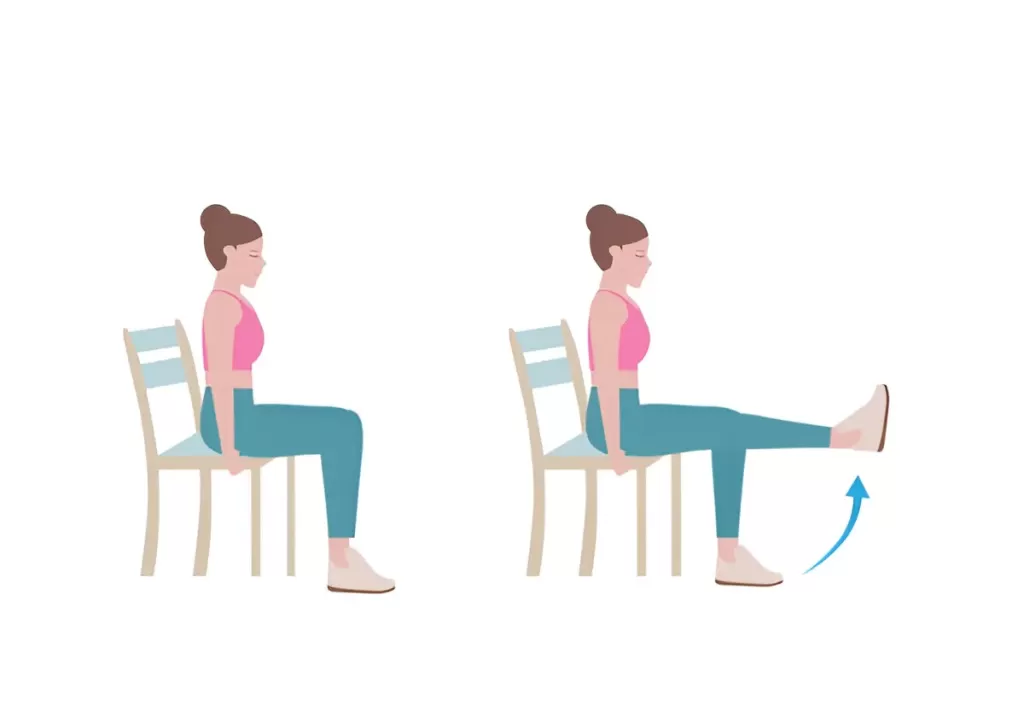
What it does: Improves your knee’s range of motion and strengthens your thigh muscles.
How to do it:
- Sit on a chair with your feet flat on the floor.
- Slowly extend one leg out straight, hold for 5 seconds, then lower it back down.
- Repeat 10–15 times on each leg.
Tips for Success
- Start slowly and gradually increase repetitions or intensity.
- Stop if you feel sharp pain and consult a physiotherapist or doctor.
- Use proper form to avoid more strain on your knee.
- Apply ice to your knee after exercising if you experience swelling or pain.
Final Thoughts
These exercises are simple, effective, and you can do them at home. Consistency is key!
If you’re unsure about any exercise or have severe knee pain, consult a physiotherapist for personalized guidance.
